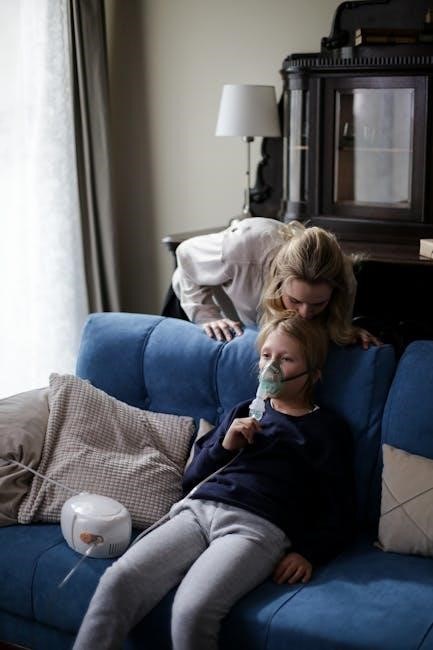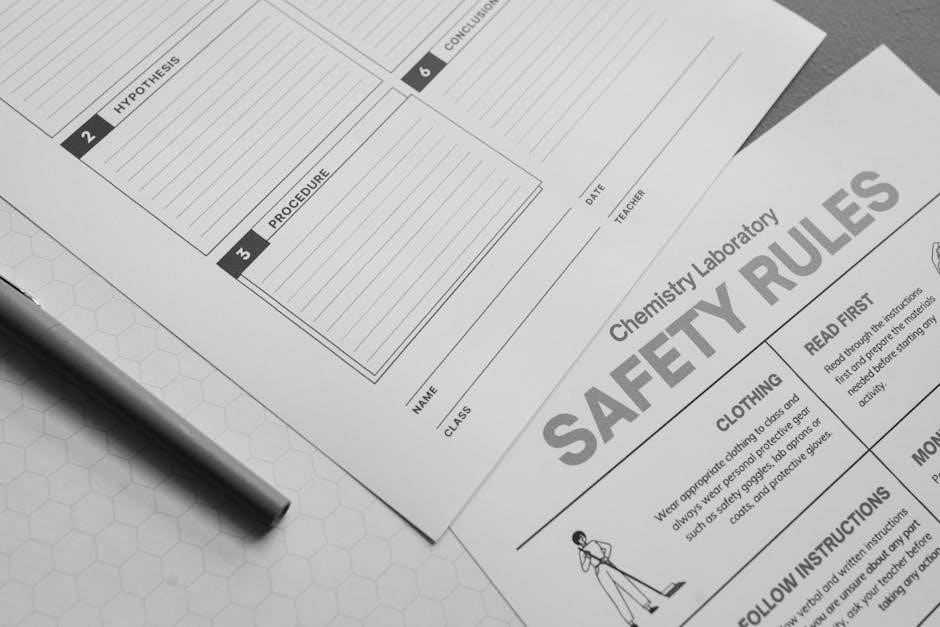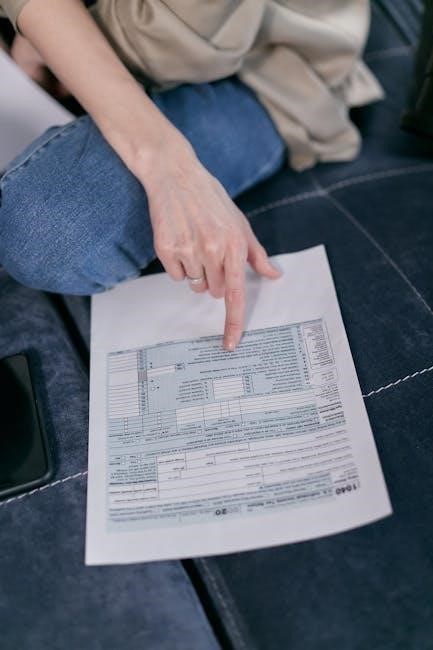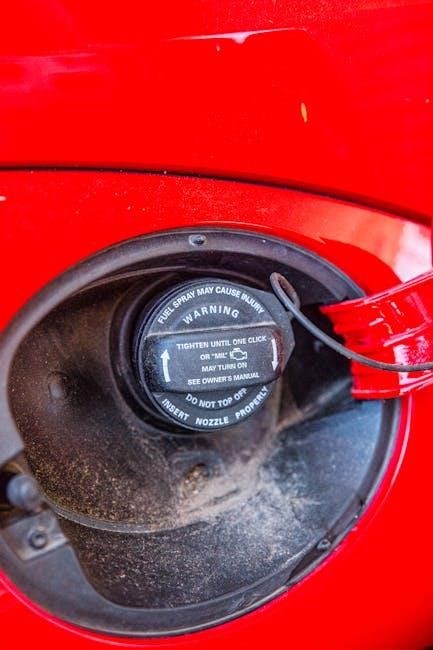
The Vios Nebulizer by PARI is a tabletop, AC-powered aerosol delivery system designed for efficient respiratory therapy․ Combining a compressor and nebulizer, it provides consistent medication delivery for patients of all ages, offering ease of use and portability inspired by Latin and Greek roots, focusing on improving life quality․
Overview of the Vios Nebulizer System

The Vios Nebulizer System is a tabletop, AC-powered aerosol delivery device designed for respiratory therapy․ It consists of a compressor and a nebulizer, working together to convert liquid medication into a fine mist for inhalation․ The system is intended for use in home, clinical, or hospital settings and is suitable for both adult and pediatric patients; The compressor generates airflow, which travels through tubing to the nebulizer cup, breaking the medication into breathable particles․ This system is part of PARI’s legacy of clinically proven products, inspired by Latin and Greek roots meaning “life,” reflecting its goal to enhance quality of life․ The Vios system is known for its portability, ease of use, and efficient delivery of medication․ It comes with educational materials and a carrying case, designed to improve patient experience and adherence to treatment․ The system is built for reliability and durability, ensuring consistent therapy sessions․
Key Features and Benefits
The Vios Nebulizer System offers several key features and benefits, making it a reliable choice for respiratory therapy․ Its compact, tabletop design allows for easy portability and use in various settings, including homes, clinics, and hospitals․ The system includes a compressor and nebulizer, delivering consistent aerosolized medication for both adults and pediatric patients․ A carrying case is provided for convenient transport of both components․ The Vios system is designed with patient-friendly features, such as easy-to-read instructions and educational materials, including games and tools for children․ It also supports eco-conscious performance with recyclable parts․ The nebulizer’s design ensures fast treatment times and targeted delivery of medication․ Additionally, the system is compatible with PARI’s reusable nebulizers, offering durability and cost-effectiveness․ Its quiet operation and simple assembly make it user-friendly, while the included instructional resources help patients understand and adhere to their treatment routines effectively․

Assembly and Preparation
Assembly involves unboxing and identifying components, including the compressor, nebulizer, tubing, and mask or mouthpiece․ Ensure all parts are included and properly connected before first use․ Follow the provided instructions carefully․
Unboxing and Identifying Components
When you unbox your Vios Nebulizer, you’ll find the compressor, nebulizer cup, tubing, mask or mouthpiece, and a carrying case․ Ensure all components are included and free from damage․ The compressor is the main unit providing compressed air, while the nebulizer cup holds the medication․ Tubing connects the compressor to the nebulizer, and the mask or mouthpiece delivers the aerosol to the patient․ Familiarize yourself with each part to understand its function․ Check for any signs of wear or damage, especially on the tubing and nebulizer cup․ If any components are missing or damaged, contact the supplier immediately․ Refer to the instruction manual for detailed descriptions and images to confirm proper identification of all parts before proceeding with assembly or use․
Connecting the Compressor and Nebulizer
To connect the compressor and nebulizer, locate the air outlet connector on the back or top of the Vios compressor․ Attach one end of the nebulizer tubing to this connector, ensuring it fits securely․ Next, connect the other end of the tubing to the nebulizer cup․ Make sure the connection is tight to maintain proper airflow․ If using an adapter or additional accessories, follow the manufacturer’s guidance for correct placement․ Once connected, turn on the compressor briefly to test for airflow through the tubing and nebulizer․ Ensure there are no kinks or blockages in the tubing, as this could reduce performance․ Proper connection is crucial for effective medication delivery․ Always refer to the user manual for specific instructions, as slight variations may exist depending on the model or accessories included․
Attaching the Tubing and Mask or Mouthpiece

After connecting the compressor and nebulizer, attach the tubing to the nebulizer cup․ Ensure the tubing is free of kinks or twists for proper airflow․ For pediatric patients or those requiring a mask, securely connect the mask to the end of the tubing․ Adjust the mask to fit comfortably over the nose and mouth․ For adults or patients who prefer direct inhalation, attach the mouthpiece to the tubing․ Hold the mouthpiece firmly between the teeth, sealing the lips around it to avoid air leakage․ Ensure the mask or mouthpiece is properly aligned and comfortable․ If using a mask, check that it fits snugly without causing discomfort․ Properly securing these components ensures effective delivery of medication․ Always verify that all connections are tight and functional before starting treatment․ This step is crucial for maximizing the effectiveness of the nebulizer therapy and ensuring patient comfort during use․

Operating the Vios Nebulizer
Operating the Vios Nebulizer involves turning on the compressor to create airflow, converting medication into a fine mist․ Ensure all parts are correctly assembled and check for visible mist․ Adjust as needed for effective treatment delivery․
Step-by-Step Instructions for Use
Ensure the Vios Nebulizer is fully assembled and all parts are securely connected․
Wash your hands thoroughly before handling the medication or nebulizer components․
Plug the power cord into a 120VAC/60Hz wall outlet․
Connect one end of the nebulizer tubing to the air outlet connector on the compressor․
Prepare your medication as prescribed by your healthcare provider․
Pour the medication into the nebulizer cup, ensuring not to exceed the maximum fill line․
Attach the mask or mouthpiece to the nebulizer․
Turn on the compressor and check for a steady mist flow․
Inhale deeply and evenly through the mouthpiece or breathe naturally with the mask․
Continue treatment until the mist stops and the nebulizer cup is empty․
Turn off the compressor and disconnect the tubing․
Clean and disinfect the nebulizer parts after each use․ Always follow the manufacturer’s guidelines for proper usage and maintenance to ensure effective treatment delivery․
Preparing and Adding Medication
Wash your hands thoroughly before handling the medication or nebulizer components․
Gather the prescribed medication, nebulizer cup, and any necessary diluent․
Measure the medication accurately using the provided measuring device or as instructed by your healthcare provider․
Pour the medication into the nebulizer cup, ensuring not to exceed the maximum fill line․
If prescribed, add the recommended amount of diluent to the medication in the nebulizer cup․
Gently swirl the nebulizer cup to mix the medication and diluent evenly․
Ensure no medication spills over the rim of the nebulizer cup․
Securely attach the nebulizer cap to prevent leakage during treatment․
Double-check that the medication is properly prepared and the nebulizer is ready for use․
Always follow your healthcare provider’s instructions for the correct dosage and type of medication to use․ This step ensures the medication is effectively delivered during the nebulizer treatment․ Proper preparation is crucial for the therapy’s effectiveness․
Turning On the Compressor and Starting Treatment
Plug the power cord into a 120VAC/60Hz wall outlet․
Ensure the tubing is securely connected to both the compressor and the nebulizer․
Attach the mask or mouthpiece to the nebulizer cup․
Turn on the compressor by pressing the power switch․
Check for a steady flow of mist from the nebulizer, indicating proper operation․
Place the mask over your nose and mouth or use the mouthpiece as instructed․
Inhale deeply and slowly through the mask or mouthpiece․
Continue treatment until the mist stops, usually 10-15 minutes․
Turn off the compressor and disconnect the tubing․
Always ensure the compressor is placed on a flat, stable surface and keep the tubing free from kinks or obstructions during use․ Proper technique ensures effective medication delivery and a successful treatment session․
Duration of Treatment and Observing Mist
Treatment with the Vios Nebulizer typically lasts between 10 to 15 minutes, depending on the medication volume and compressor output․ Always observe the mist during treatment to ensure consistent aerosol delivery․
A steady mist flow indicates proper operation․ If the mist weakens or stops prematurely, check for kinks in the tubing or blockages in the nebulizer․
Do not end the session until the mist stops and the nebulizer cup is nearly empty․ This ensures all medication is delivered effectively․
If treatment is too short, medication may not be fully aerosolized, reducing effectiveness․ If the mist flows unevenly, adjust the compressor or nebulizer position․
Always monitor the treatment time to avoid overheating the compressor․ Turn it off immediately if unusual noises or odors occur․
Proper observation ensures safe and effective treatment, maximizing therapeutic benefits for the patient․ Stay relaxed and breathe naturally during use for optimal results․

Maintenance and Care
Regular cleaning and drying of the Vios Nebulizer are essential to prevent bacterial growth and ensure optimal performance․ Store the device in a dry, protected area when not in use to maintain its efficiency and longevity․
Cleaning the Nebulizer After Each Use
Proper cleaning of the Vios Nebulizer after each use is crucial to prevent bacterial growth and ensure effective treatment․ Start by disassembling the nebulizer into its components, including the medication cup, mask, and tubing․ Rinse each part with warm water to remove any residual medication․ Use a mild dish soap to gently scrub away any buildup, ensuring all surfaces are clean․ Avoid using harsh chemicals or alcohol, as they may damage the plastic․ Thoroughly rinse off all soap to prevent any residue․ Allow all parts to air dry completely, as moisture can encourage bacterial growth․ Regular cleaning not only maintains the device’s performance but also ensures patient safety and hygiene․
Drying the Nebulizer and Tubing
After cleaning, thoroughly dry the Vios Nebulizer and tubing to prevent bacterial growth․ Gently shake off excess water from all parts․ Use a clean, dry towel to pat each component, ensuring no moisture remains․ Lay the nebulizer and tubing on a clean, dry surface, allowing them to air dry completely; For the tubing, hang it to facilitate water drainage and even drying․ Avoid using heat sources like hair dryers, as they may damage the materials․ Ensure all parts are dry before storage to maintain hygiene and device performance․
Storage and Transportation Tips
Proper storage and transportation of the Vios Nebulizer are essential to maintain its functionality and longevity․ After cleaning and drying, store the nebulizer and its components in a cool, dry place, away from direct sunlight and moisture․ Use the provided carrying case to protect the device during transport, ensuring all parts are securely packed to avoid damage․ Avoid exposing the nebulizer to extreme temperatures or humidity, as this may affect its performance․ When traveling, keep the nebulizer in an upright position and ensure the tubing is not kinked or bent․ Regularly inspect the device and its accessories for signs of wear or damage before storing or transporting․ By following these guidelines, you can ensure the Vios Nebulizer remains in optimal condition for consistent and effective use․

Replacing Parts and Accessories
Regular replacement of worn or damaged parts ensures optimal performance of the Vios Nebulizer․ Replace the nebulizer cup, tubing, and mask every 6-12 months or as specified in the user manual․ Use only genuine PARI replacement parts to maintain efficiency and safety․ Inspect the tubing for kinks or cracks and replace it immediately if damaged; The nebulizer cup should be replaced if it shows signs of wear or discoloration․ For pediatric patients, replace the mask every 3-6 months to ensure proper fit and hygiene․ Store replacement parts in a clean, dry environment and follow the manufacturer’s guidelines for disposal of used components․ Refer to the instructional manual for step-by-step guidance on replacing parts․ Always check the compatibility of replacement accessories with your Vios Nebulizer model to ensure proper functionality and continued effective therapy․



